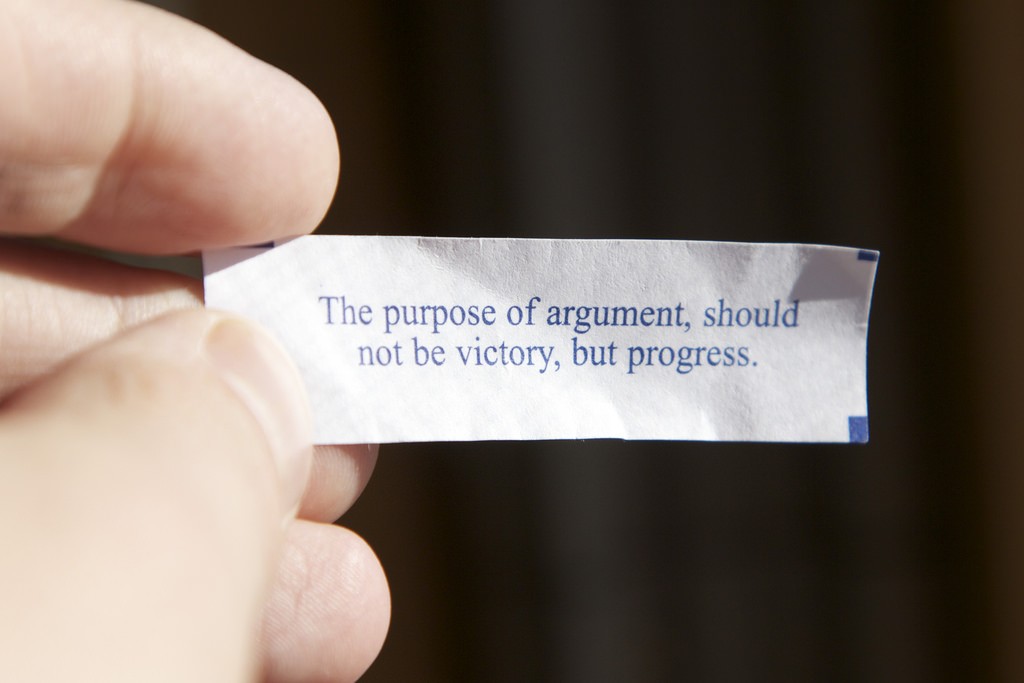How to Best Reach a Win-Win in a Disagreement
Years ago, Fred Kofman – a man who has schooled countless executives on conscious business and managing conflict – wanted to go on a ski vacation.
His wife wanted to go to the beach.
Did they compromise, and alternate between beach and ski vacations?
No. In this case, like in many cases, a 50-50 compromise wouldn’t have been a win-win solution. During beach vacations, he would have been unhappy, and during ski vacations, his wife would have been unhappy.
Instead, using the same advice Kofman has been preaching to businesspeople for years, they went scuba diving.
And it was a legitimate win-win.
How is scuba diving a true win-win?
In his Lynda class on managing conflict, Kofman advised against negotiating over positions in a disagreement. Instead, he suggested negotiating on interests.
What’s the difference?
In the example above, Kofman’s position was that he wanted to go skiing; his wife’s position was she wanted to go to the beach. If they had stuck stubbornly to those positions, their talks would have been unproductive and reaching a win-win solution would have been near impossible.
Instead, Kofman encourages negotiating on interests, which starts with each person outlining the reasons they hold their position. In this case, Kofman wanted to go skiing because he likes being outdoors, adventure and being active; whereas his wife wanted to go to the beach because she likes warm weather and the water.
Once they established that, they began seeking a solution that served all masters. And that brought them to scuba diving – an outdoor, adventurous activity that takes place in the water in a warm location.
A legitimate win-win, as Kofman and his wife now both love scuba diving, even more than Kofman loves skiing or his wife loves the beach.
What this means for you professionally
Generally, when people disagree in business, they dig in deep to their positions and only grow further apart. One person thinks X should happen, the other thinks Y should happen, and they bicker and bicker and no one’s mind is changed.
Instead, Kofman suggests both parties explain why they hold their respective positions, and then negotiate on interest. Maybe one person believes X should happen for scale, whereas another person believes Y should happen to ensure a great customer experience.
From there, the two parties can start talking about how to achieve both scale and a great customer experience. Quickly, the conversation goes from two sides fighting against each other to the two sides brainstorming together toward a solution that serves all.
Of course, there still might be situations where a win-win isn’t possible, and Kofman details how to handle that in his course. But, you have a far higher chance of reaching a win-win during a disagreement by focusing less on your position, and more about why you hold that position.
*Image by Jon Collier, Flickr
The following article was just one kernel of wisdom from Kofman’s Lynda course, Managing Conflict. Click here to watch the entire course for free and learn how to better deal with people, both in professional and personal settings.
Topics: Productivity tips
Related articles




